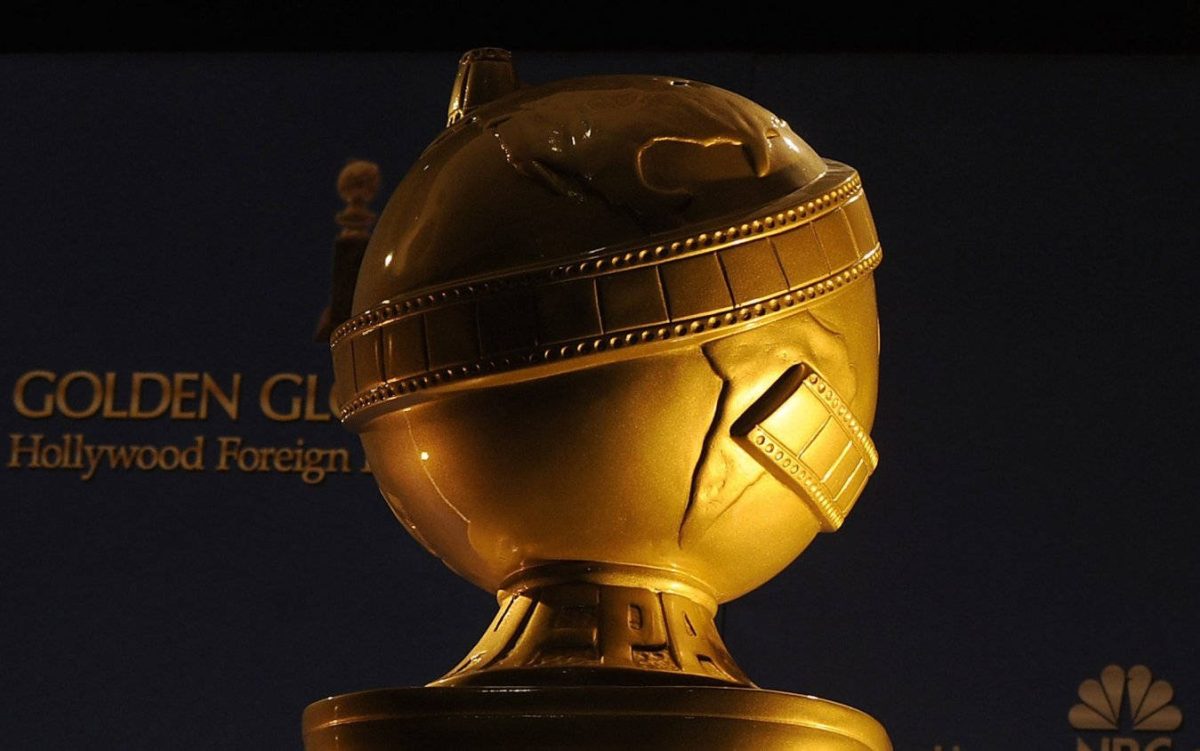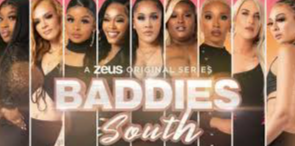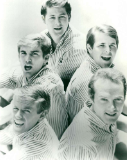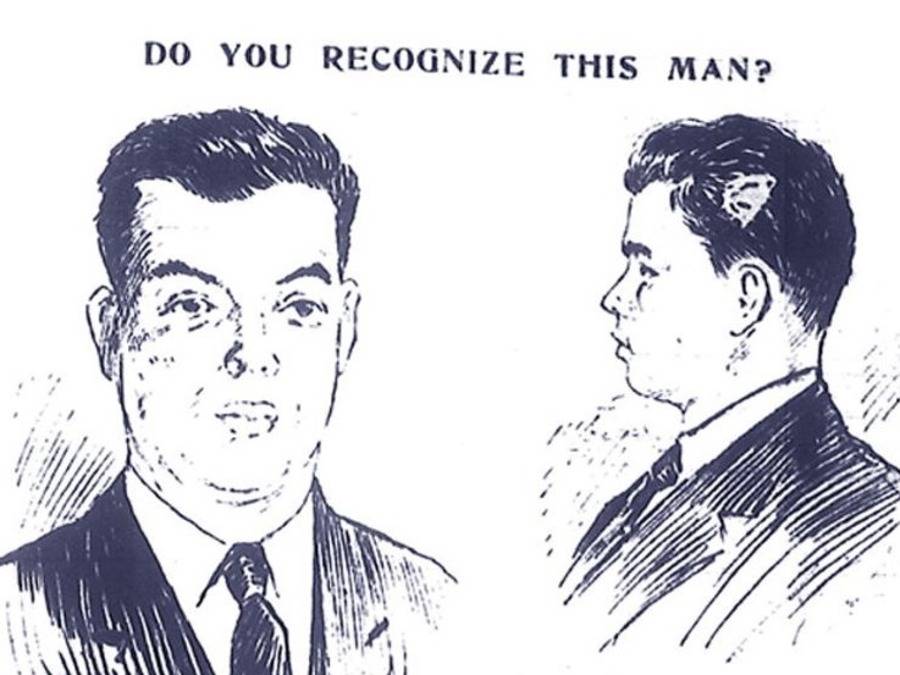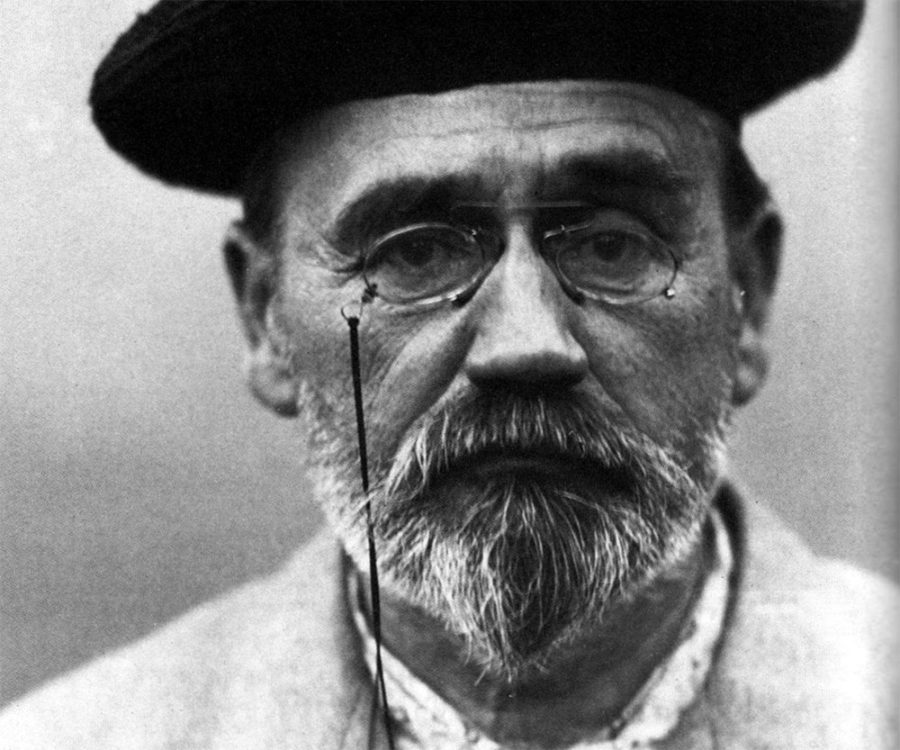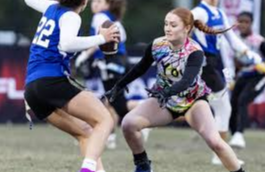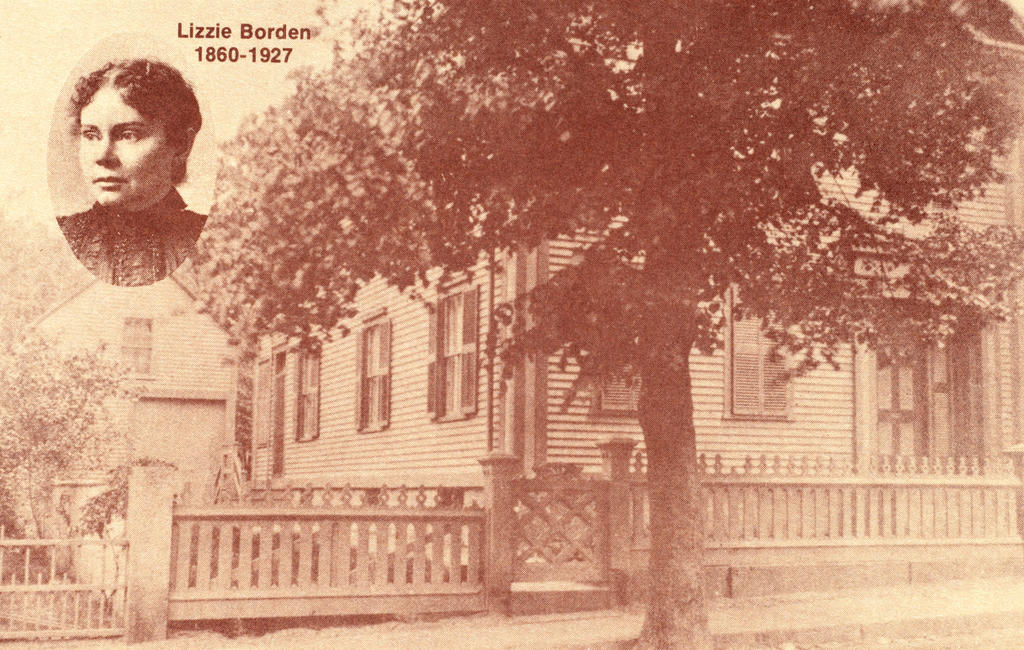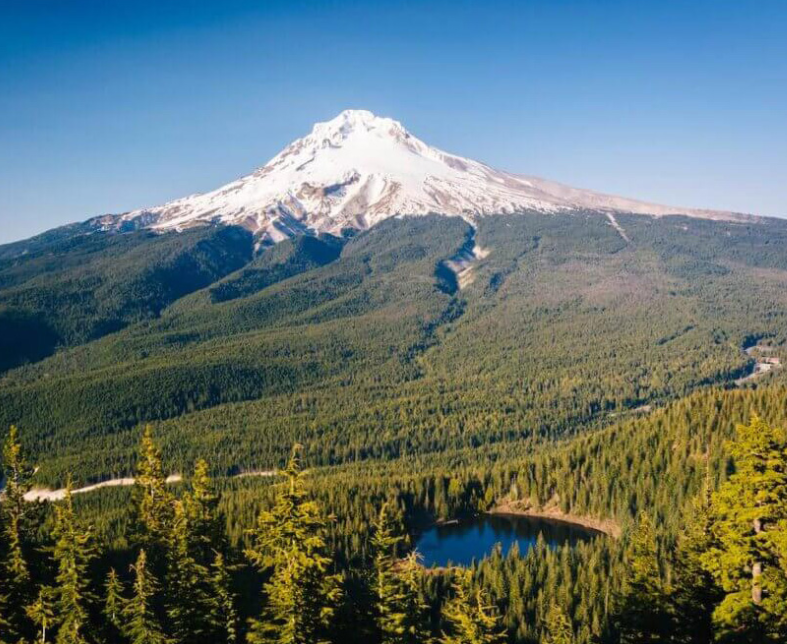Indie Music and Finding Popularity Outside the Norm

Image via Magnetic Magazine
June 16, 2023
Of all the great things to come out of the 1970s and 1980s, the creation of indie music as a genre is one of the longest-lasting impacts to come from those 20 years. Indie or independent music is categorized by mellow sounds and non-mainstream music labels. While most people today are familiar with the common soft sounds and poetic lyricism that most indie songs have, the one thing that defines indie music is the independent record labels that back indie artists.
Independent record labels usually provide artists with more control over their image and sound and are more likely to grant artists full rights to their music. But any record labels other than the “Big Three” (Sony Music, Universal Music Group and Warner Music Group) are more likely to see commercial failure and may have harder times marketing and making connections in the music industry. Nonetheless, most of these indie labels, like XL Recording, Domino Records and Sub Pop, often have fewer artists to promote and display a higher possibility of forming close relationships between artists and executives.
Indie music was first popularized in the 70s with artists like David Bowie, The Velvet Underground, Siouxsie and the Banshees and The Rolling Stones all being considered indie. However, these artists don’t necessarily possess the same sound that indie artists have today. Indie music of the 70s consisted of indie rock music, while today indie pop is more popular. The indie sounds of today are often delicate and soothing, differing from the hard rock sounds that were familiar when the genre first caught public attention.
While not as popular today as it was in the 70s, indie rock music is still being made and cherished today. Extremely popular artists like Arctic Monkeys and Florence + The Machine are both considered indie rock acts, among other things. Indie rock music and musicians have not yet gone out of style and are still popular with die-hard fans of the genre and its music. Artists like Arctic Monkeys and Florence + The Machine aren’t typically regarded as indie musicians today, however, due to the popularity they have gained throughout their years in the music industry.
Most people categorize indie musicians as undiscovered musicians or musicians that have not yet reached their highest point of success. These artists typically have the slow sounds and beautiful lyrics of current-day indie pop. Artists like Leith Ross, Clairo and Maggie Rogers are all great examples of indie artists that are not very well known or in the public eye building a community around their music and finding their own sound, and making a space for themselves in the music industry.
Over the years, what it means to create and listen to indie music has changed. Subgenres have been developed and popular styles of indie music have evolved. The one factor that unites all types of indie music artists and listeners is a love of music and a relationship between artists and fans. Indie music has become not only a genre of music but a place for connections to be made.




























